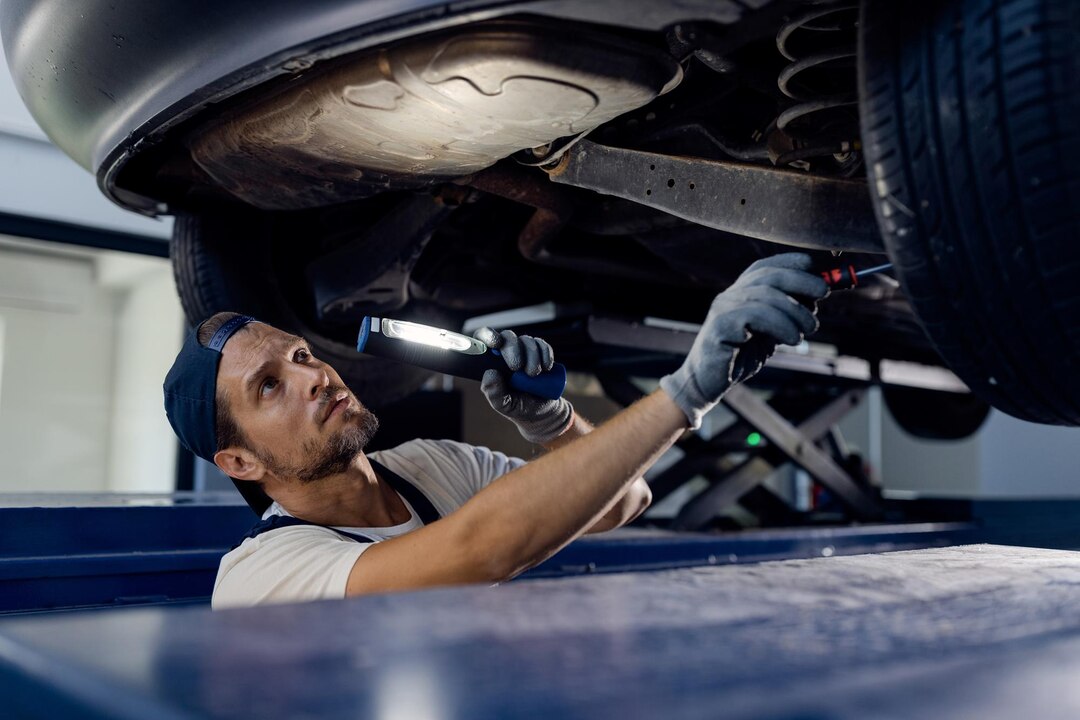Your car’s suspension system plays a critical role in ensuring a smooth and comfortable ride while maintaining stability and control on the road. Over time, wear and tear can take a toll on your suspension components, compromising their effectiveness and safety. Recognizing the signs of suspension system issues early can help prevent further damage and ensure your vehicle remains roadworthy. Here are ten signs that indicate your car’s suspension system may need replacement:
- Uneven Tire Wear: Excessive wear on one or more tires, especially on the inner or outer edges, can indicate suspension problems. Uneven tire wear is often caused by misaligned wheels or worn suspension components that affect the vehicle’s alignment.
- Excessive Bouncing or Body Roll: If your car bounces excessively over bumps or dips in the road or leans excessively during turns, it could be a sign of worn shocks or struts. A healthy suspension system should provide a smooth and stable ride, even on rough terrain.
- Nose Diving or Squatting: When braking or accelerating, if you notice your car’s front end diving forward or the rear end squatting down excessively, it may indicate worn shocks or struts. This can affect braking performance and overall vehicle stability.
- Knocking or Clunking Noises: Strange noises, such as knocking, clunking, or banging, coming from the suspension when driving over bumps or rough roads, are often a sign of worn or damaged suspension components. This could include worn-out bushings, ball joints, or control arms.
- Pulling or Drifting: If your car pulls to one side while driving or drifts excessively during turns, it could indicate suspension issues or an alignment problem. This can affect handling and increase the risk of accidents, especially at high speeds.
- Excessive Vibration: Vibrations felt through the steering wheel, floorboard, or seats, especially at higher speeds, may indicate problems with the suspension system. Worn-out shocks or struts can cause excessive vibration and make the ride feel rougher than usual.
- Fluid Leaks: Visible fluid leaks around the shocks or struts are a clear indication of a problem. Leaking hydraulic fluid can affect the performance of the suspension system and compromise vehicle safety. It’s essential to address fluid leaks promptly to prevent further damage.
- Visible Damage or Sagging: Inspect your vehicle’s suspension components for any visible damage, such as bent or broken parts, rust, or sagging springs. Damaged or worn-out components should be replaced immediately to ensure safe operation of the vehicle.
- Difficulty Steering: Difficulty steering or a loose or wandering steering feel could be a sign of worn-out suspension components, such as tie rods or steering linkage. Proper steering response is crucial for vehicle control and maneuverability.
- Excessive Bounce After Hitting Bumps: After hitting a bump or pothole, if your car continues to bounce excessively or takes longer than usual to settle, it may indicate worn shocks or struts. This can compromise tire traction and overall vehicle stability.
In conclusion, paying attention to these ten signs can help you identify potential issues with your car’s suspension system early on and prevent further damage or safety hazards. If you notice any of these signs, it’s essential to have your vehicle inspected by a qualified mechanic and address any necessary repairs or replacements promptly. Maintaining a healthy suspension system is crucial for a safe and enjoyable driving experience.











